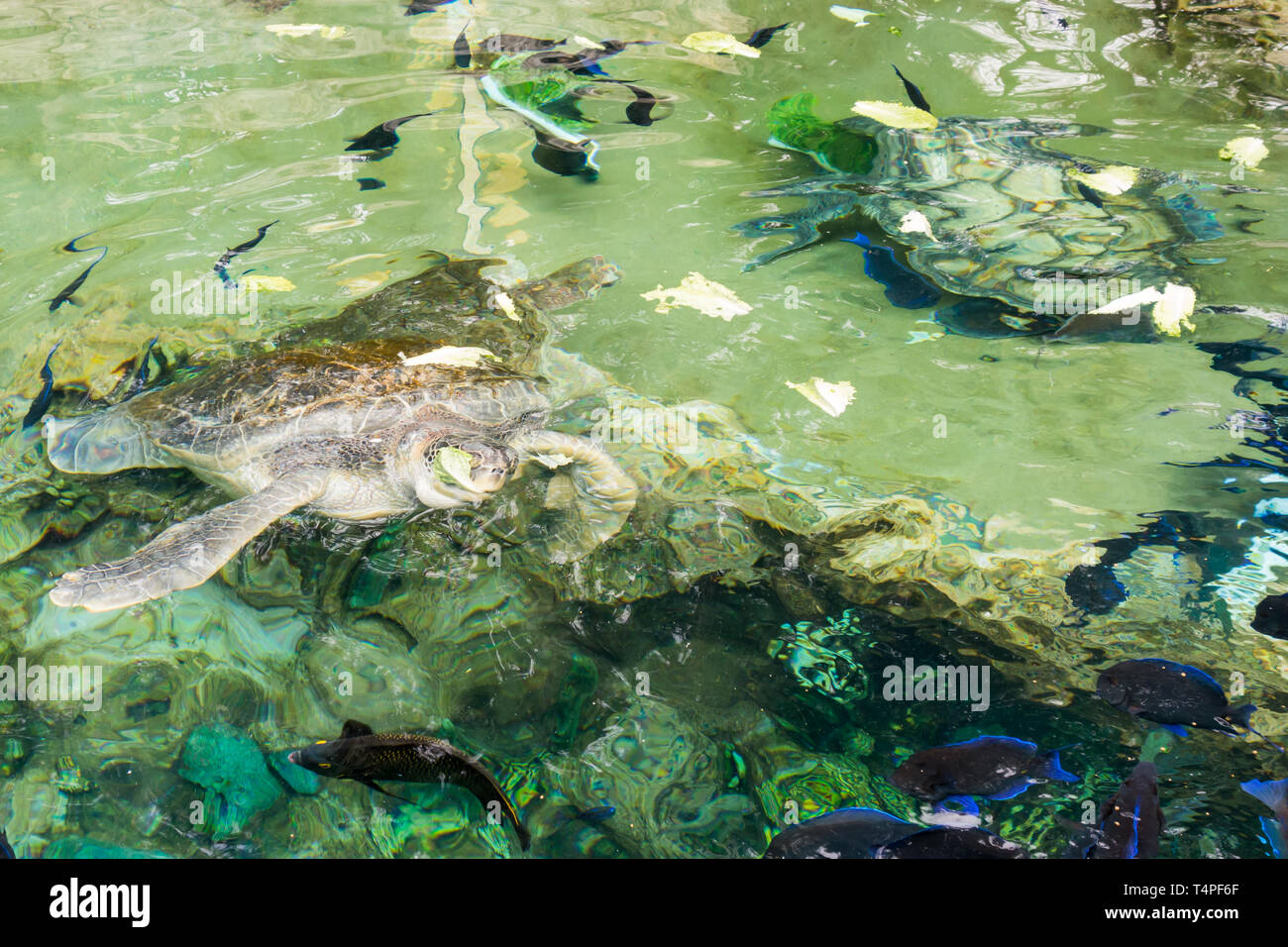

Sea Turtles: A complete guide to their biology, behaviour, and conservation. Microanatomy of the stem-turtle Pappochelys rosinae indicates a predominantly fossorial mode of life and clarifies early steps in the evolution of the shell.

Lyson TR, Bever GS, Bhullar BAS, Joyce WG and Gauthier JA 2010.An ancestral turtle from the Late Triassic of southwestern China. Li C, Wu XC, Rieppel O, Wang, LT and Zhao LJ 2008.Oldest known marine turtle? A new protostegid from the Lower Cretaceous of Colombia. Bever GS, Lyson TR, Field DJ and Bhullar BAS 2015.The Olive Ridley Project is working to preserve sea turtles so their success story can continue for many years to come. Rapidly changing environments are an incredible challenge for this ancient group of reptiles. They are an integral part of the ecosystem and unfortunately highly threatened due to human activity. Sea turtles have been in our oceans for millions of years. The pattern of the keratin scutes are typical for different species and help us identify them just like the facial scales allow us to identify individual turtles. Bones and a keratinous layer on top build the hardy shell. Their shell consists of a top and bottom half, the carapace and plastron, which are connected on the side by bony bridges.

Out of several species, only the leatherback Dermochelys coriacea survives until this day, with the last direct sister species falling to extinction roughly two million years ago.Īll other modern sea turtles belonging to the family Cheloniidae are hard-shelled marine turtles. This leads to a very flexible shell, which is well adapted to the pressure leatherbacks are subjected to when diving to depth greater than 1000 m. Their shell consists of a multitude of tiny ossicles embedded in the skin. The name ‘leatherback’ alludes to this adaptation: in contrast to other sea turtles, leatherbacks do not have a complete hard shell. They separated from other turtle lineages 100 million years ago, and have evolved a shell specifically adapted to deep diving. Leatherbacks represent a lineage older than the others and thus have their own family, the Dermochelyidae. Out of the seven extant turtle species, six are more closely related to each other than the seventh, the leatherback turtle. This oldest cheloniod turtle was over 2 m long and several specimen have been found in Colombia since the 1940 by researchers and hobby paleontologists alike From Four To Two Sea Turtle LineagesĬurrently, there are seven sea turtle species which can be found predominantly in tropical and subtropical waters all around the planet. In 2015 researchers from the Senckenberg Research Institute and California State University formally described the species Desmatochelys padillai, a marine turtle that lived in the Lower Cretaceous, so slightly over 120 mya. Sea turtle shells are much flatter and less ossified than the often high-domed and sturdy shells of land-dwelling tortoises. The shell of Santanachelys already showed the typical incomplete ossification between the ribs, which we can see in modern sea turtles as well. These housed the salt glands, which allow sea turtles with the high salinity of seawater. Santanachelys had large spaces in it’s skull, which are typical for marine turtles. But it had already adapted to life in a marine environment. It was a small turtle, roughly 20 cm long with only partially formed flippers. All modern sea turtles arose from a common ancestor about 110 million years ago.įor a long time, the oldest known fossil sea turtle was Santanachelys gaffneyi. The fossil was found and described in 1988 in eastern Brazil and dates back to the Early Cretaceous Period. In the beginning, these mostly resemble our current day freshwater turtles with limbs adapted to a life in water to varying degrees. Now that we know how long ago the general turtle lineage evolved, it leaves the question when did the magnificent sea turtles evolve? Ancestral turtle species lived in various habitats and moved in and out of the water multiple times.


 0 kommentar(er)
0 kommentar(er)
